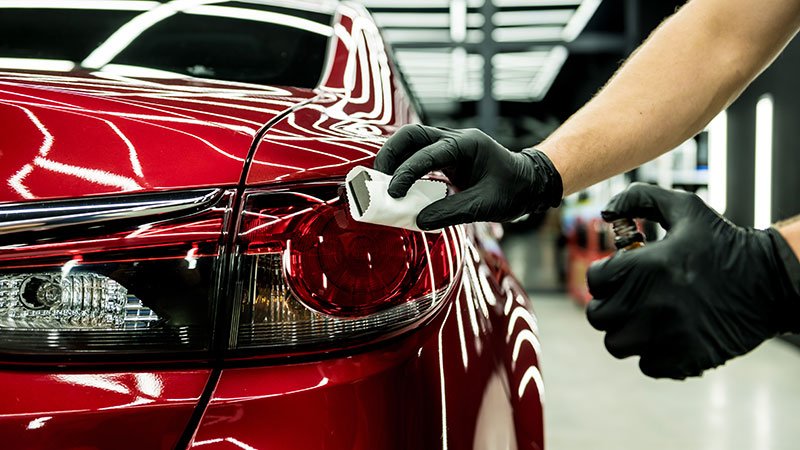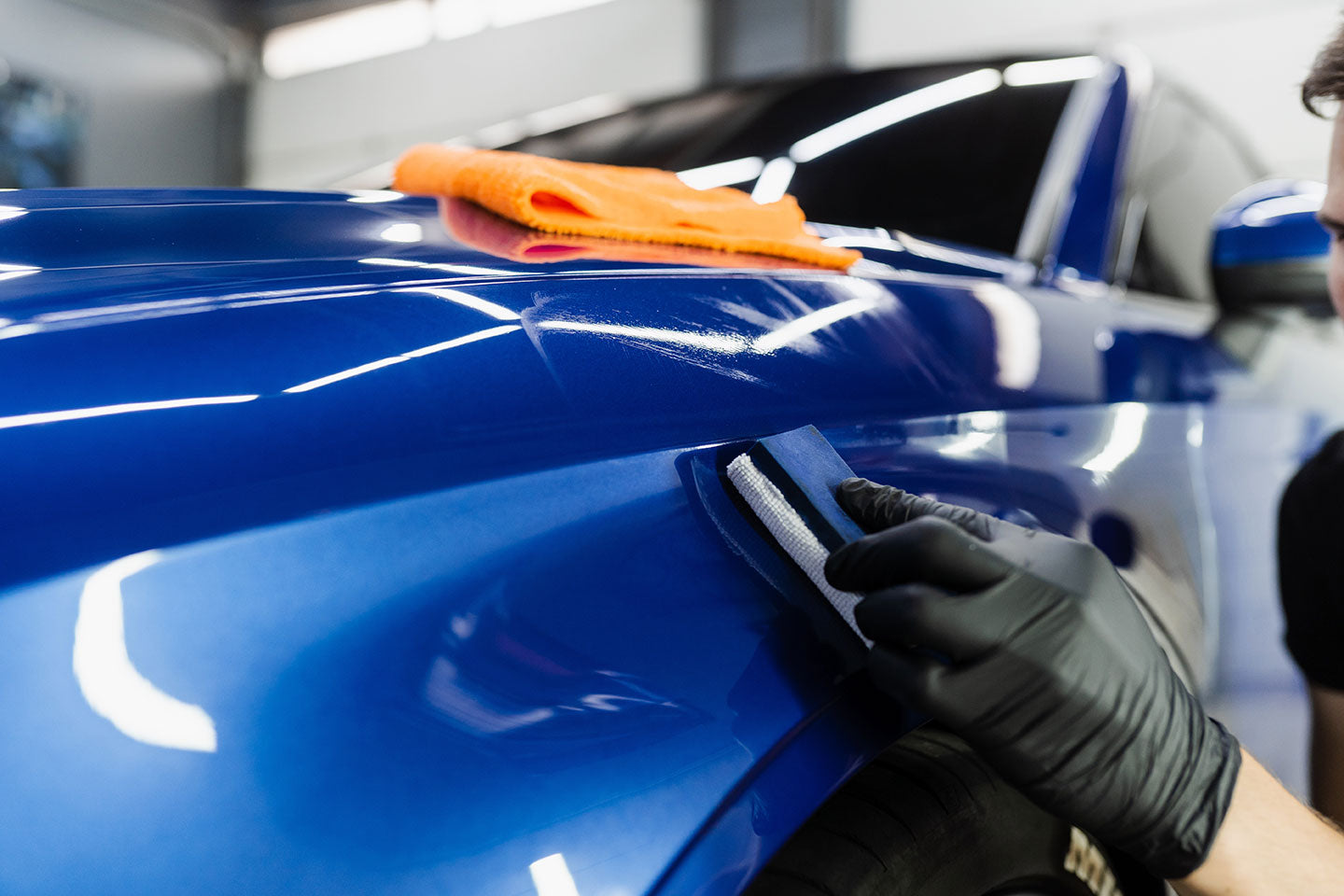A Comprehensive Guide to the Kinds Of Ceramic Finish on the Market
Ceramic finishes have actually arised as a critical solution throughout various sectors due to their one-of-a-kind residential properties and applications. As we discover the unique characteristics and applications of these coatings, the effects for efficiency and longevity end up being increasingly noticeable, raising inquiries concerning which kind may best match your needs.
Comprehending Ceramic Coatings
Ceramic coatings are innovative safety remedies that have actually acquired popularity in various industries, particularly in automotive and aerospace applications. These coverings consist of a liquid polymer that, when healed, forms a sturdy, hydrophobic layer externally of the substrate. This layer provides enhanced resistance to environmental contaminants, UV radiation, and chemical direct exposure, thus extending the life and visual charm of the underlying product.
The essential component of ceramic layers is silica, which adds to their solidity and toughness. The application process typically entails surface area preparation, application of the finishing, and curing, which can be achieved via heat or UV light. When treated, ceramic layers show extraordinary bonding residential properties, allowing them to stick highly to a variety of surface areas, including steels, plastics, and glass.
In addition to their protective attributes, ceramic layers also provide convenience of maintenance. Their hydrophobic nature reduces the adherence of dirt and crud, making cleaning less complex and less constant. Overall, the adoption of ceramic finishings represents a substantial development in surface area security innovation, supplying both practical and visual advantages throughout numerous sectors.
Types of Ceramic Coatings
Various kinds of ceramic coatings are readily available, each created to fulfill particular efficiency requirements and applications - Car Detailing. One of the most usual types include:
Silica-based Coatings: These coatings largely consist of silicon dioxide and are known for their durability and chemical resistance. They are commonly utilized in automobile and commercial applications.
Titanium Dioxide Coatings: Distinguished for their photocatalytic properties, titanium dioxide finishes are typically used in settings where self-cleaning and antifungal buildings are preferable, such as in building products and auto finishes.
Zirconia Coatings: Identified by their high-temperature stability and thermal resistance, zirconia coverings are utilized in applications such as generator engines and high-performance vehicle elements.
Alumina Coatings: Exhibiting excellent hardness and thermal security, alumina finishes are often used in wear-resistant applications, consisting of reducing devices and commercial equipment. - scratch repair sarasota
Hybrid Coatings: Integrating the properties of various materials, hybrid finishings supply improved performance characteristics, making them ideal for unique and demanding applications.
Each sort of ceramic layer offers distinctive functions, enabling individuals to select the most appropriate remedy based upon particular environmental conditions and efficiency requirements.
Advantages of Ceramic Coatings
Coatings play a critical function in boosting the performance and long life of surfaces across various markets. Ceramic coatings, in certain, offer countless this benefits that make them progressively prominent among producers and internet consumers alike. One of the key advantages is their remarkable resilience. These layers are immune to scratches, chemicals, and UV rays, ensuring that the underlying surface remains protected in time.
Along with sturdiness, ceramic layers provide excellent hydrophobic buildings, permitting for easy cleaning and maintenance. This water-repellent nature reduces the adherence of dust, crud, and various other contaminants, which can extend the visual appeal and performance of the surface area. Furthermore, ceramic layers can dramatically enhance thermal resistance, making them suitable for applications that withstand high temperature levels.

Application Refine
When applying ceramic coatings, a precise technique is important to achieve optimum results. The application process normally begins with thorough surface area prep work. This includes washing, sanitizing, and brightening the surface to get rid of all contaminations, consisting of dust, oil, and prior waxes or sealers. A tidy surface area makes sure appropriate adhesion of the layer.
When the surface is prepped, the following step is to apply the ceramic coating. The layer ought to be applied in thin layers, as thicker applications can lead to irregular finishes.
After application, the coating requires a details curing time, typically ranging from a couple of hours to a full day, depending on the product. Complying with these steps diligently will make best use of the performance and durability of the ceramic finishing, providing a durable safety layer for discover this info here the surface.
Upkeep and Durability
To guarantee the longevity and performance of a ceramic finish, routine maintenance is essential. Ceramic layers, understood for their toughness and protective qualities, require specific treatment routines to optimize their life expectancy and efficiency. The primary step in maintenance includes regular cleaning with pH-neutral soap, staying clear of rough chemicals that can weaken the finish. It is a good idea to wash the vehicle routinely, preferably every two weeks, to stop the build-up of impurities that could endanger the covering's honesty.
In enhancement to normal cleaning, periodic assessments are vital. Search for signs of wear or damage, such as hydrophobic residential or commercial properties lessening or surface area imperfections. If required, a light polish may be applied to renew the coating without stripping it away.
In addition, the application of a booster spray can boost the coating's hydrophobic results and recover its gloss. This is specifically valuable for coatings that have been in use for an extended period. Inevitably, by sticking to these maintenance methods, one can substantially expand the life of a ceramic covering, guaranteeing that it continues to provide optimum defense against environmental factors and keep the visual allure of the lorry.
Conclusion
